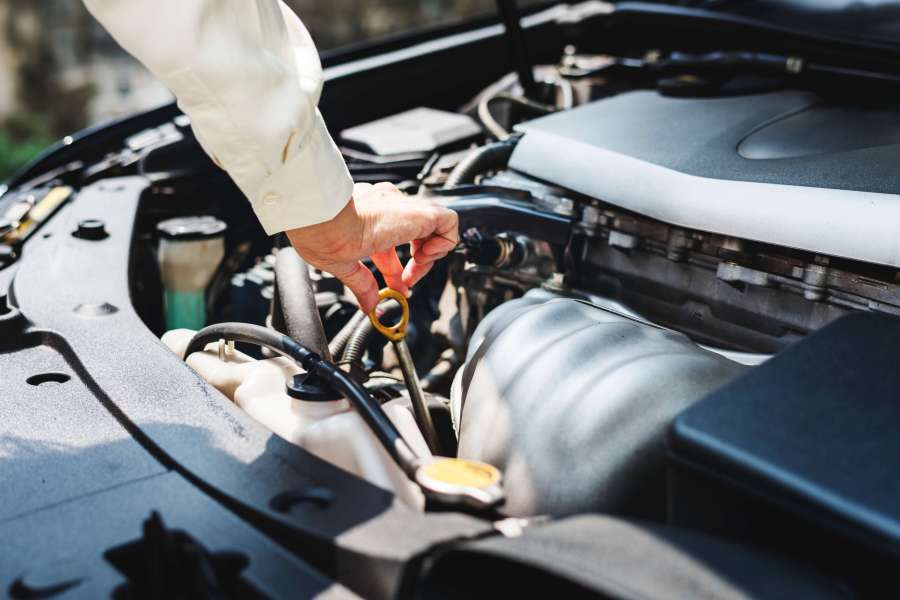Design and Analysis of Car Engine Using Cfd

If you want to make sure your vehicle stays in good repair, you need to at least understand the basics of engine maintenance. After all, your car's engine is the "driving" force that keeps your vehicle smoothly navigating the roads. By learning more about car parts and engine diagnostics, you can stay on top of your car's operational maintenance and learn how to troubleshoot problems. The following information can help you get started.
Engine Won't Start
If you have problems starting your engine, first make sure you have gas in the car. If the fuel is sufficient, listen carefully when you attempt to start the car. Does it loudly attempt to start? If not, check the battery and the wiring. Tighten the positive and negative terminals. If they look corroded, it may be necessary to unplug and clean them before tightening them. A low battery often exhibits symptoms like dim lights, a low volume horn or slow-moving windshield wipers.
If your battery doesn't seem to be the problem, the issue could be the starter. This component requires replacement or repair on occasion, and the vehicle won't start without it.
If your engine has a carburetor and the engine starts and stops, check the choke for problems. Otherwise, you may need to check a number of items for a fuel-injected engine. In some cases, hose leaks, fuel pressure regulators or air valves cause start-up issues.
In some instances, your car's engine could overheat, causing steam or smoke to pour from your car's hood. If overheating occurs after driving a short distance, you need to inspect the following: Ignition Timer: Make sure this timer is set correctly. Thermostat and Compressor: Check the engine temperature and systems related to compression. Coolant: Make sure the engine coolant is filled to the recommended level, and check for any leaks. Head Gaskets: Cylinder head gaskets sometimes need to be replaced and can affect engine temperature. Drive Belts: Check for broken or slipped belts in the car, and replace or tighten them, as needed.
Engine Backfires
If you fire up the engine and it sounds like firecrackers go off when you accelerate, you have a problem with backfiring. In this case, you need to review the following: Valve: A valve in the engine may be broken or burned, or a broken camshaft could be the cause. Ignition Timer: The ignition timer may require adjustment. Timing Belt: A broken or slipped timing belt or chain on the camshaft requires immediate replacement. Spark Plugs: Both spark plugs and their wires require occasional replacement.
Doesn't Accelerate
If you have problems with acceleration or stalling, check the following: Air Filter: If the filter is dirty and needs replacement, it could choke the engine. Moisture in Gas Tank: If gasoline gets water in it, the engine won't run smoothly. Take care of the problem by emptying the gas tank and refilling it with clean gasoline. Catalytic Converters: When catalytic converters malfunction, they choke the engine. To avoid engine replacement, you need to stay on top of your engine's operation and maintenance. Read your manufacturer's manual carefully to learn all you can about your vehicle's engine. Recognizing early signs of trouble can help you avoid serious repairs in the future.
MORE FROM QUESTIONSANSWERED.NET
Design and Analysis of Car Engine Using Cfd
Source: https://www.questionsanswered.net/article/how-to-troubleshoot-car-engine-problems?utm_content=params%3Ao%3D740012%26ad%3DdirN%26qo%3DserpIndex
0 Response to "Design and Analysis of Car Engine Using Cfd"
Post a Comment